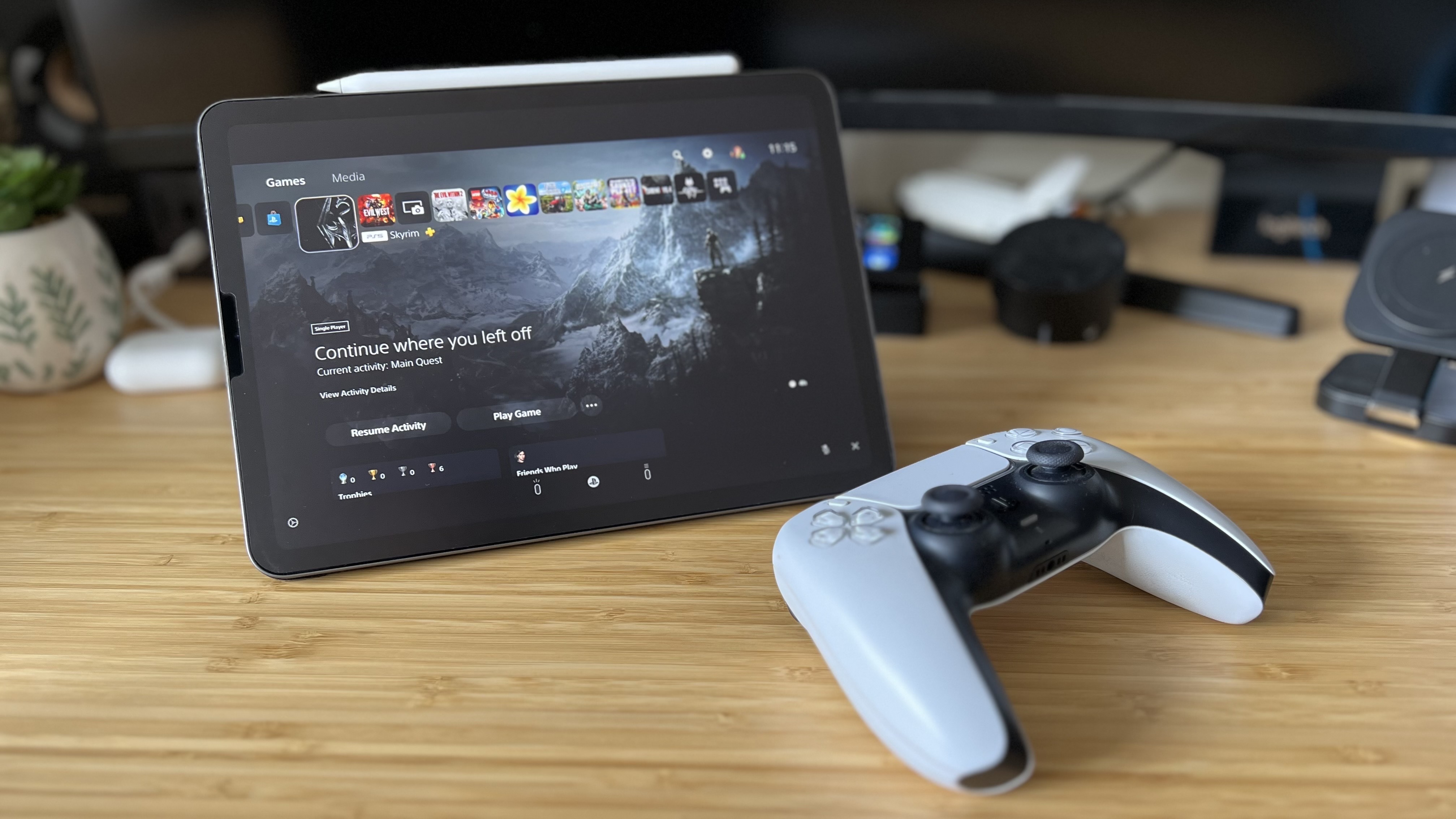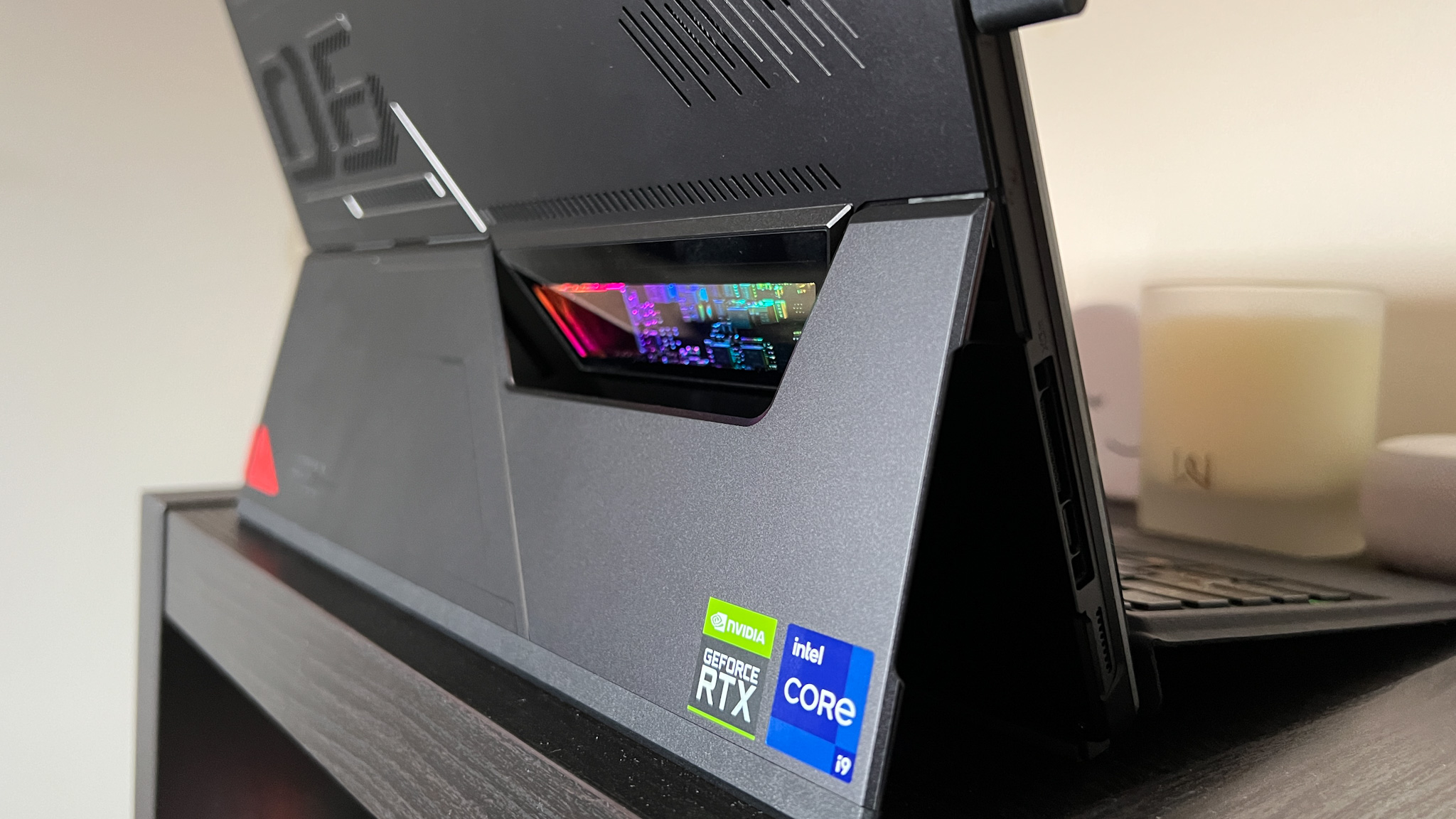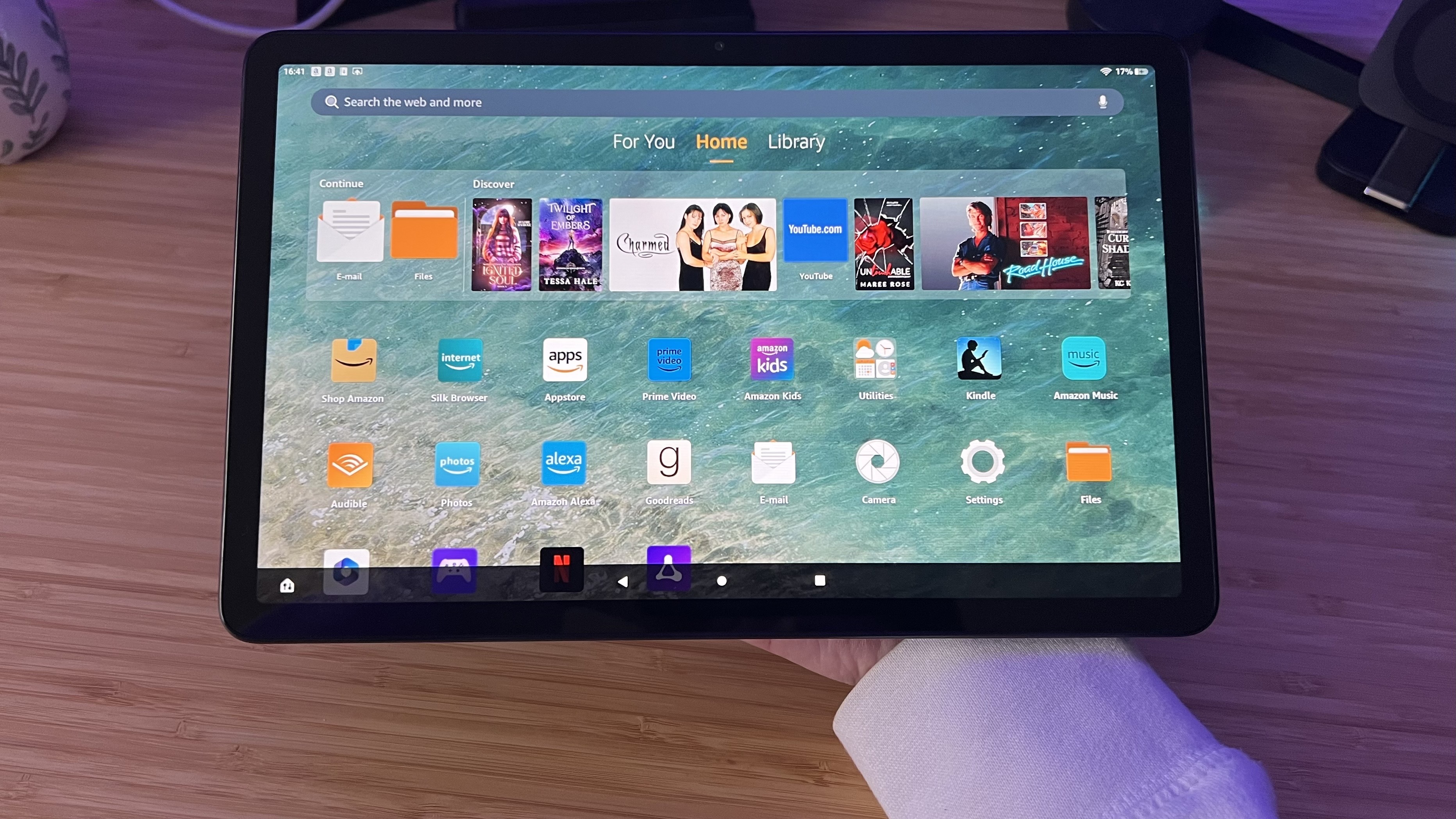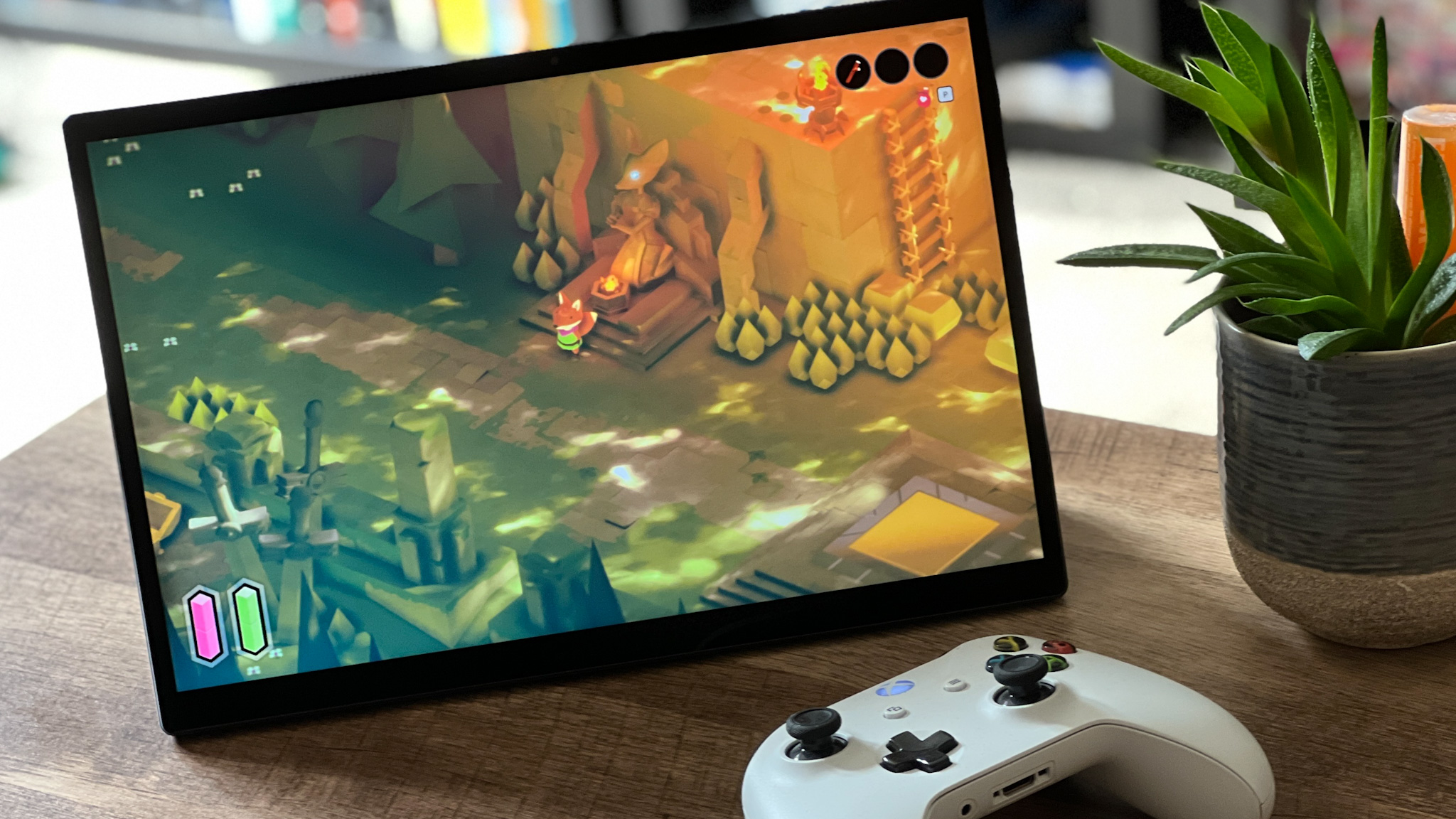
We've got platforms to run our games on pretty much every sized screen you can imagine these days, but many prefer the middle ground of the gaming tablet. Whether you an Apple Arcade fan or simply looking for a portable streaming gadget, these slabs can make for excellent PC and console accessories. We've been on the hunt for the best gaming tablets on the market for a few years now, testing everything from iPads to Amazon Fire tablets in that time.
Our process centers around the device in front of us. Unlike the worlds of laptops or PCs, every tablet is going to provide a slightly different interface to access your games (and a slightly different selection of games to run). That means we can't take a one-size-fits-all approach to our testing methodology.
Instead, we focus on value, usability, and versatility. That means we weigh up the cost of each tablet against the displays, speeds, battery lives, and launcher compatibilities of similarly priced models, all while living, working and playing with each device. We don't test these tablets in a lab, they come home and become our daily drivers for everything from gameplay to Netflix binges. We use them to take notes for work, read ebooks, answer emails, and listen to music just as much as we use them for synthetic benchmark scores. That way we know exactly how well each device actually fits into a real-world setting, and can easily compare different models at the same time.
How we test gaming tablet design

There isn't too much room for error in a tablet's design - whether you're looking at Samsung, Apple, Amazon, or cheaper brands each model will generally sport the same aesthetic. We look to the individual build materials of each device and weigh up their construction against their price. Cheaper tablets can easily get away with a more flimsy plastic chassis, whereas we would expect higher price tags to come with a metal form factor.
The physical shape of each tablet can differ more than you might think as well - beyond simple screen size. Between rounded corners, flat sides, and slimline silhouettes there's a whole menu of design options for brands to choose from. These choices will impact how easy the tablet is to hold in one hand, whether it feels cheap or premium during use, whether any grills or vents attract dust and dirt easily, and how quick they are to clean.
Port and button placement also play a large role in a gaming tablet's everyday usability. We're always making sure that connections are easily accessible and don't get in the way of standard use, while also checking that all buttons are placed intuitively and are quickly reachable without too much inspection.
How we test gaming tablet features

Gaming tablets all generally come with a set of core components; a touchscreen display, a set of speakers, a couple of ports, volume and lock buttons, and internal components (processing chip, storage, memory, and cooling). We measure not just the quality and effectiveness of these features, but also their performance and utility against the wider market.
The display is tested in its native resolution at SDR and in HDR content where applicable. This is primarily through streaming Netflix Original content or other high bandwidth shows and movies. The speed of that display is primarily tested across faster-paced competitive games like Call of Duty Mobile or Fortnite, but is also checked in everyday web browsing and side scrolling as well. We test in high daylight conditions as well as relatively dark or ambient rooms. We run a series of different music genres through the speakers while also testing across games and movies featuring a wide range of audio cues and frequencies.
We evaluate storage options based on price brackets across the market and, crucially for an Android device, whether there are any expansion options available in the form of an SD card slot. Cheaper gaming tablets, for example, can get away with as little as 64GB or even 32GB of storage if they offer adequate means to access Cloud files or a speedy SD slot. However, this is often an area that's neglected in high-end models in order to offer a lower price on a basic entry (I'm looking at you iPad).
Of course, there's always cameras. Tablets aren't really known for their excellent photographic qualities, but we still make sure the final picture is clear and sharp, paying particular attention to the front camera. If you're going to use your tablet for face calls or work meetings, a camera that functions well in both bright and low lighting is going to make all the difference.
How we test gaming tablet performance

The majority of our performance checks take place during the evenings of our own play sessions. We first test the tablet on our current roster of native Google Play Store or Apple App Store games (where compatible). However, where possible, we always test across a selection of titles chosen to provide a representative spread of current game demands. At the moment, this selection includes the following:
- Call of Duty Mobile - Used to test display tracking speed in competitive environments.
- Fortnite - Used to test on-screen controls as well as the speed and contrast of the display
- Magic: The Gathering Arena - Tests for reliability and stability during more intensive computing processes, running simulated matches between ourselves in which board states grow to complex proportions.
- Genshin Impact - Tests framerates and stability during intensive rendering tasks
Where these titles are not available, we test across the closest compatible alternative on a given system.
We then test across streaming devices, using the tablet to stream from a PS5 console via Remote Play (on the same home WiFi system), as well as via Xbox Game Pass Ultimate Streaming services. These streaming tests center around Horizon Forbidden West and Marvel's Spider-Man Morales on PS5 and Forza Horizon 5 and Fallout 4 on Xbox.
Finally, we perform a series of synthetic benchmark tests using 3DMark's WildLife and WildLife Extreme stress tests. This provides us with an overall value of performance which we can use to compare systems from an internal standpoint.
The verdict
Once we have finished our testing process (lasting a minimum of two weeks), we assign each tablet a score across five categories.
- Value - The overall value for money on offer in comparison to the rest of the market and under the consideration of the tablet's primary target use.
- Screen quality - Display brightness, color range, contrast, speed, and any HDR viewing options
- Speed - Everyday speed of loading apps, powering on, swapping between apps, and downloading files, as well as the gameplay framerate and rendering results we take from benchmark tests.
- Game compatibility - The number of supported games available via the tablet's built-in app store, taking any high profile exclusions into account. The tablet's ability to stream via PlayStation and Xbox services is also included in this score.
- Storage - The number of storage options available in different models and the amount of storage available in the cheapest configuration possible. This score also reflects the presence and speed of an additional SD card slot.
For more information on how we make all our product recommendations, check out the full GamesRadar+ Hardware Policy.







